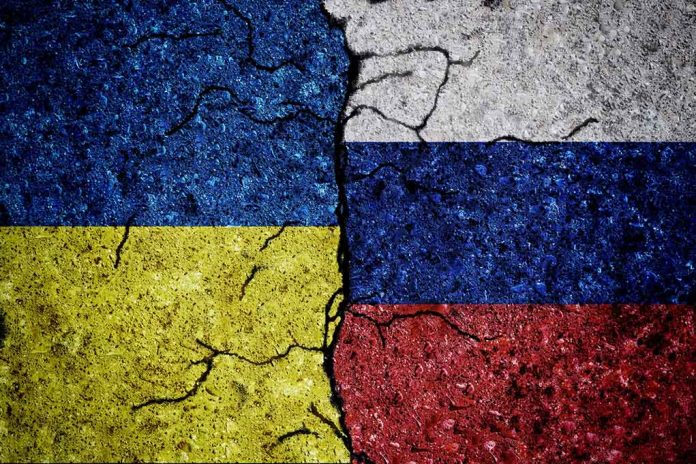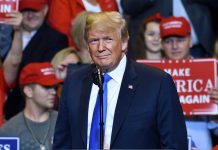
The G7 nations are set to finance Ukraine’s recovery and military support with a $50 billion loan backed by Russian frozen assets, a decision sparking significant global interest.
At a Glance
- The G7 is proceeding with a $50 billion loan to Ukraine backed by Russia’s frozen central bank assets.
- This initiative aims to make Russia financially accountable for the damage caused by its war in Ukraine.
- The U.S. and other G7 nations reached a consensus after extensive discussions on the legal and practical feasibility of seizing these assets.
- The loan will support military, budget, humanitarian, and reconstruction efforts in Ukraine.
G7 Leverages Russian Assets for Ukraine Aid
The Group of 7 is using Russia’s frozen central bank assets to back a $50 billion loan to Ukraine. This action comes amid complex international relations and highlights a novel approach to making aggressor nations financially accountable. The unprecedented decision aligns with sanctions previously imposed following Russia’s invasion of Ukraine in 2022. Policymakers from the U.S. and Europe have been deliberating using parts of the $300 billion in frozen Russian assets to aid Ukraine, exemplifying a strategic financial tactic against a backdrop of war.
White House deputy national security adviser for international economics, Daleep Singh, underscored the pioneering nature of this move, stating, “Never before has a multilateral coalition frozen the assets of an aggressor country and then harnessed the value of those assets to fund the defense of the aggrieved party all while respecting the rule of law and maintaining solidarity.”
Singh’s statement resonates with the larger narrative of holding Russia accountable financially. The loan is structured to utilize interest accrued from these frozen assets, addressing both immediate Ukrainian needs and broader geopolitical tensions.
US says G7 nations to provide Ukraine with $50 billion loan backed by frozen Russian assets by year-endhttps://t.co/XbeCyqp9wP
— AFP News Agency (@AFP) October 23, 2024
Concerns and Compromises
The United States advocated for these funds’ direct transfer to Ukraine, aiming for accelerated economic recovery. However, European officials initially voiced concerns about the legality of seizing and reallocating Russian assets this way. A compromise led to leveraging the interest on these assets to fund the loan package, pacifying legal and ethical queries. U.S. Treasury Secretary Janet Yellen confirmed this method would not involve American taxpayers, emphasizing its financial independence.
Karin Karlsbro, a Swedish MEP, insisted, “Russia must pay for attacking Ukrainians and brutally destroying the country’s infrastructure, cities, villages, and homes.”
The legislation passed through extensive negotiations within the European Parliament. Despite initial reluctance, the European Union committed to this long-term strategy and plans to renew the asset freeze semi-annually.
Strategic Allocation and Future Implications
Funding is scheduled for incremental disbursement, empowering Ukraine to allocate resources towards military reinforcement and infrastructure rebuilding. Specific military, budgetary, humanitarian, and reconstruction investments form a part of this package. Officials assert that this strategic support will bolster Ukraine’s defense capacity effectively.
The secure nature of these funding mechanisms, based on the continuity of interest from the Russian freeze, remains contingent on geopolitical stability. As debates continue over potential Russian retaliation, legal frameworks ensure that G7 allies remain aligned in approach. The global community watches closely as the plan progresses, noting its implications for wider geopolitical stability and international finance norms.
Sources
- Ukraine to Receive $50B in Loans From US and G7 From Frozen Russian Funds
- G7 allies moving ahead with $50B loan for Ukraine backed by frozen Russian funds
- G7 Finalizes $50 Billion Ukraine Loan Backed by Russian Assets












